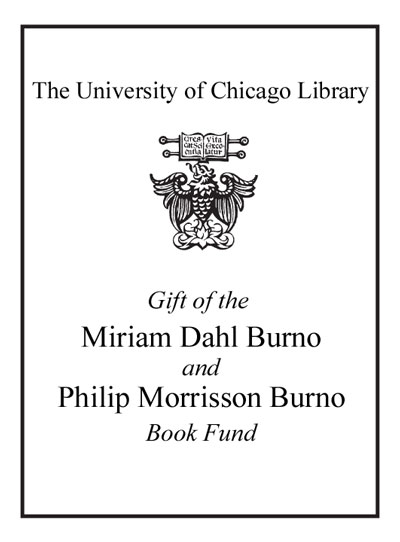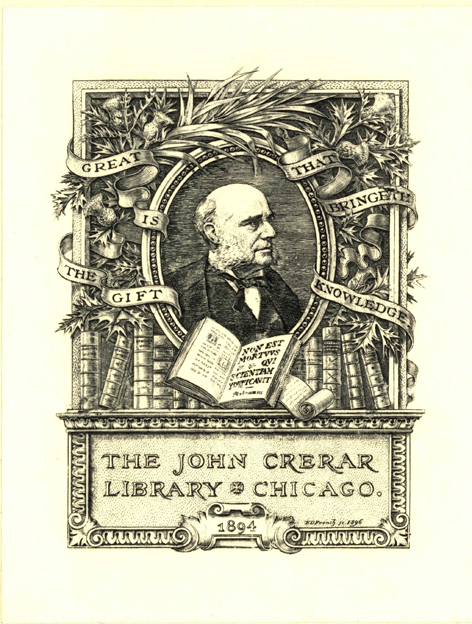Digital atlas of traditional food made from cereals and milk /
Saved in:
| Author / Creator: | Cappers, René T. J., author. |
|---|---|
| Imprint: | Groningen : Barkhuis : University of Groningen Library, 2018. |
| Description: | 639 pages : color illustrations ; 25 cm |
| Language: | English |
| Series: | Groningen archaeological Studies ; volume 33 Groningen archaeological studies ; v. 33. |
| Subject: | |
| Format: | Print Book |
| URL for this record: | http://pi.lib.uchicago.edu/1001/cat/bib/11763005 |
Table of Contents:
- Preface
- 1. Introduction
- 1.1. Late foragers and early farmers
- 1.1.1. Landscape exploitation
- 1.1.2. Cereal domestication
- 1.1.3. Use of milk
- 1.2. Morphology of barley and wheat
- 1.2.1. Pre-harvesting
- 1.2.2. Harvesting and post-harvesting
- 1.3. Nutritional value of barley, wheat, and milk
- 1.3.1. Barley and wheat
- 1.3.2. Milk
- 2. Processing of cereals and milk
- 2.1. Aims
- 2.2. Basic principles
- 2.2.1. Classification
- 2.2.2. Fragmentation
- 2.2.3. Separation
- 2.2.4. Mixing and shaping
- 2.2.5. Heating and cooling
- 2.2.6. Germination
- 2.2.7. Fermentation
- 2.3. Cereal processing
- 2.3.1. Classification
- 2.3.2. Harvesting and threshing
- 2.3.3. Improving edibility and shelf-life
- 2.3.4. Granulating and pulverizing
- 2.4. Milk processing
- 2.4.1. Classification
- 2.4.2. Fermentation of milk sugar
- 2.4.3. Solidifying of fat
- 2.4.4. Solidifying of proteins
- 2.4.5. Removal of water
- 3. Examples of traditional foods
- 3.1. Use of cereals and milk
- 3.2. Cereal products
- 3.2.1. Sprouted grain
- 3.2.2. Beer
- 3.2.3. Roasted grain
- 3.2.4. Bulgur
- 3.2.5. Bread
- 3.2.6. Pasta
- 3.2.7. Couscous
- 3.3. Milk products
- 3.3.1. Kashk
- 3.3.2. Qara qurut
- 3.4. Cereal-milk products
- 3.4.1. Tarhana
- 4. Sequencing traditional foods
- 4.1. Processing cereals and milk
- 4.2. Sprouted grain
- 4.3. Roasted grain
- 4.4. Bread
- 4.5. Partially prepared foods
- 4.6. Beer
- 4.7. Milk products
- 4.8. Tarhana
- 5. Food and cultural identity
- Atlas
- 6. Technology
- 7. Sprouted grain
- 8. Galiyya
- 9. Frikeh
- 10. Bread
- 11. Bulgur
- 12. Pasta
- 13. Couscous
- 14. Kashk
- 15. Qara qurut
- 16. Tarhana
- Captions to the full-page photos
- References
- Glossary
- Indices
- Subject index
- Taxonomic index


